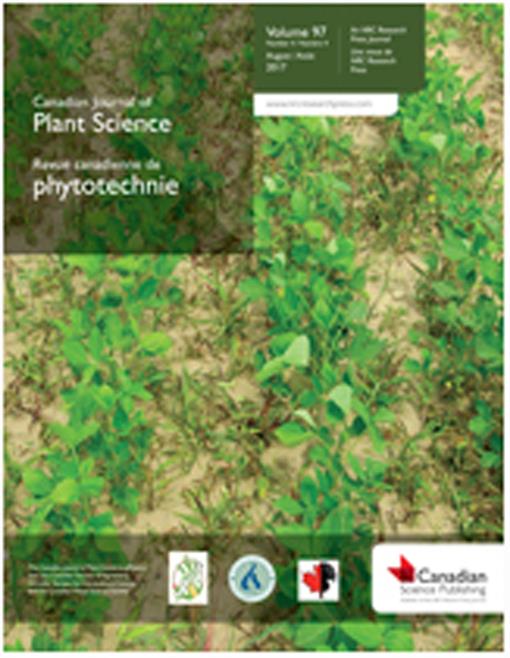Synthetic hexaploid wheat (SHW; genome AABBDD) was derived from a cross of Triticum turgidum L. (BBAA) with Aegilops tauschii Coss. (DD). Systematic investigations of the effects of allohexaploidization on zinc (Zn), iron (Fe), and selenium (Se) accumulation are still lacking. Here, the Fe, Zn, and Se concentrations in SHW lines and their tetraploid and diploid parents were compared in a hydroponic culture experiment. Triticum turgidum showed larger genotypic variation of Zn and Fe concentrations than SHW and A. tauschii. The Se concentration of A. tauschii was significantly higher while its Zn and Fe concentrations were lower than in tetraploid wheat and SHW. Although the Zn and Fe concentrations of some SHW lines increased approximately 20%, no SHW line showed a higher Se concentration than its high-value parent. However, because of the generally increased biomass in SHW lines, the total Se content per plant of most SHW lines was higher than their high-value parents. These new SHWs with high micronutrient content provide novel resources for biofortification breeding. Additionally, the micronutrient concentrations in some SHW lines were not consistent with those in their parents, indicating heterosis or non-additive effects that might result from interaction among the A, B, and D genomes after allopolyploidization.
How to translate text using browser tools
2 February 2017
Comparison of zinc, iron, and selenium accumulation between synthetic hexaploid wheat and its tetraploid and diploid parents
D. Zhao,
B. Zhang,
W. Chen,
B. Liu,
L. Zhang,
H. Zhang,
D. Liu
ACCESS THE FULL ARTICLE
It is not available for individual sale.
This article is only available to subscribers.
It is not available for individual sale.
It is not available for individual sale.
accumulation d’oligoéléments
allohexaploïdisation
allohexaploidization
expérience en milieu hydroponique
hydroponic culture experiment
micronutrient accumulation





